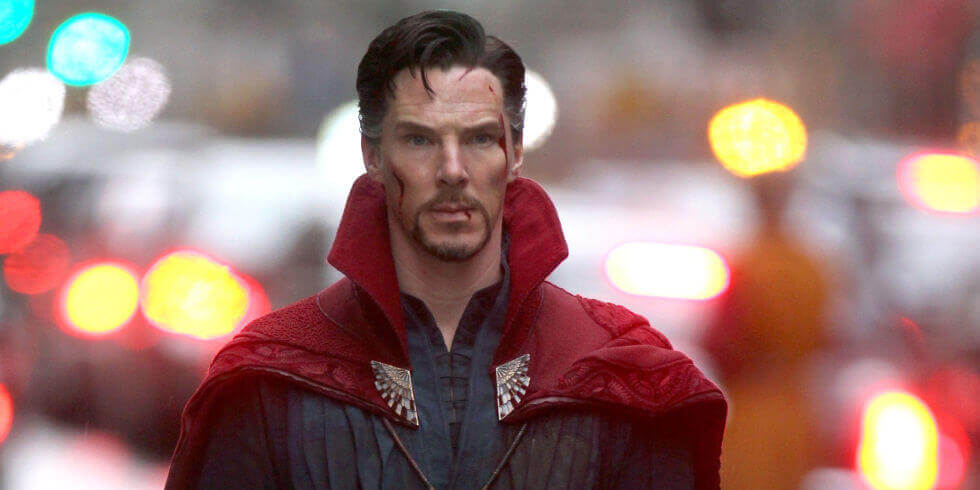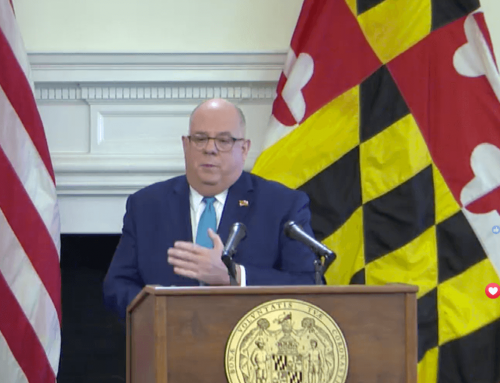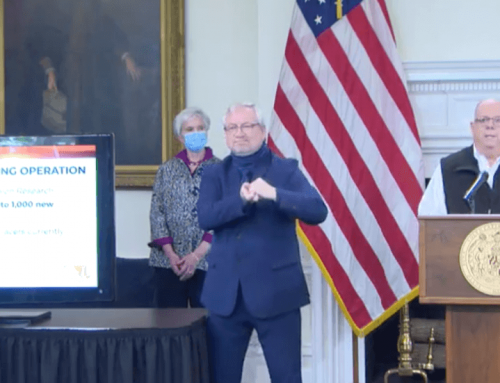Way back in the early years of this decade, following the success of 2008’s Iron Man and The Incredible Hulk, Marvel released the Kenneth Branagh directed Thor. Naturally, there was some apprehension and skepticism from audiences surrounding this character. Some of this was because the character was a c-list hero, but the unexpected success of Iron Man proved this to be an easily overcome hurdle. The real hesitation was in the fact that Thor was such a different hero than most the mainstream had been exposed to. Instead of the result of some strange pulp sci-fi concept- genetic mutation, marooned aliens, virtuous billionaires- Thor was an honest-to-gods mythological being, with magic, eternal life, the whole nine realms.
Even those familiar with the character raised an eyebrow at the prospect of sticking him into an otherwise “grounded” world of spies and mechanical suits. Nerds don’t always like to cross streams. The idea of magic in one’s sci-fi was two great tastes that should stay far away from each other. To combat this, and in the interest of tonal consistency, Thor’s screenwriters included one of the more interesting lines in a marvel film to date, “Your ancestors called it magic, you call it science. I come from a land where they are one in the same.” By telling the audience that Asguard was simply a distant planet and its inhabitants just powerful aliens, Marvel managed to maintain their groundedness (because Thor can be an immortal alien who travels via rainbow, just as long as he’s not magic)
Such a measure may have been necessary in the early days of the Marvel Cinematic Universe (MCU), but now with Doctor Strange Marvel is taking the plunge and introducing full blown magic, and this is a good thing. If Doctor Strange had been released earlier, Marvel may have tried a similar workaround to Thor. After all, Strange is also a c-list character who really doesn’t fit in tonally with the rest of the universe’s sci-fi vibe, it would have been very tempting to justify Strange’s sorcery by tapping into some sort of pseudo-scientific “quantum energy” or something like that. Luckily, since they’ve been chest-deep in weirdness since Guardians of the Galaxy, Marvel now has the clout to do magic and not bat an eye. Such a rationalization would have been awful for the character, and so I’m happy to say that the total recognition of magic works well in the film and the greater MCU, mostly, but more on that later.
Upon this film fell the onus and pressure to overcome a growing feeling of superhero fatigue. Whether Strange succeeds in this effort is arguable. Though visually astounding, claims that this is the studio’s “most ambitious entry yet” strike me as false, unless one was only judging by visual effects (for my money, the title of most-ambitious still belongs to Guardians of the Galax). Directed by horror veteran Scott Derrickson and penned by handful of writers, the film centers on world-class surgeon Stephen Strange, played with appropriate smugness by the internet’s favorite Englishman, Benedict Cumberbatch. Following a near-fatal car accident resulting in the crippling of his hands, our hero embarks on a journey which takes him into a new world where he meets his mentor and allies, learns new and incredible skills, must overcome himself and change in order to defeat a threat, making large sacrifices to do so. Sound familiar? It should, considering it’s probably the most popular and effective structure in the history of human storytelling.
This is the film’s most striking problem. The journey we see Strange go through is the same one we’ve seen Tony Stark, Luke Skywalker, Neo and Jesus go through. This Campbellian paint-by-numbers approach can be effective in many regards, but feels too familiar in this situation. This familiarity detracts from the otherwise novel subject matter, visuals and world.
Despite this, Doctor Strange is still a really cool movie. The film’s supporting players, particularly Chiwetel Ejiofor and Tilda Swinton, comprise what is, unexpectedly, one of my favorite Marvel casts to date. Ejiofor’s Mordo is imbued with a reserved intensity that draws my attention whenever he appears on screen, while Swinton’s The Ancient One manages to transcend a characterization that could very easily fall into the camp of utter cliché. The nature of these character’s magic powers accomplishes some truly mind-bending genre concepts and set-pieces, through the way the characters play with physics, manipulating space and time. To this end, the visuals are outstanding. Doctor Strange is a character largely informed by ‘60s and ‘70s psychedelia and the filmmakers have done an excellent job in bringing that aesthetic to the film. The visceral experience is, to use the most appropriate term, the trippiest one you’ll find.
As I mentioned earlier in this review, the high-magic concept works, sort of. With space and time bending powers the film manages to do some really interesting, clever stuff, even beyond the visuals. In fact, the climax of the film uses a cleverness rarely seen in this kind of big blockbuster. It also lends to well done, if not the most original, fight choreography. Where the magic fails is in communicating the boundaries of the world. Meaning, unless you’re Lewis Carol, fantasy works best when there are rules, as those are what establishes important dramatic elements such as stakes and tension. Without these rules, the audience does not have any firm ground on which to set their expectations. Unfortunately, Doctor Strange struggles to lay down the foundation for what can and cannot happen using this magic. Thus, it’s unclear why characters can do some things and cannot do others. Granted, a major theme of the film and hurdle for the character is in accepting the mysterious and unknowable, but this should not be at the expense of clarity. What results are several minor, though noticeable, plot holes that are justified, literally, with “A wizard did it”.
Like most Disney/Marvel films, Doctor Strange is a fun ride and worth the price of admission. However, if you’re looking for something very different, you won’t find it here. It is mainly a by-the-numbers origin story with some pacing issues, saved primarily by some ridiculously neat visuals, some very creative uses of time-travel and space-bending, and a handful of good performances.
You can watch Doctor Strange in theaters nationwide.







Leave A Comment